What it’s like to ride the world’s most luxurious train
Seven prefectures of Kyushu, seven cars and seven-star service. Christopher Hooton boards Japan's Seven Stars train
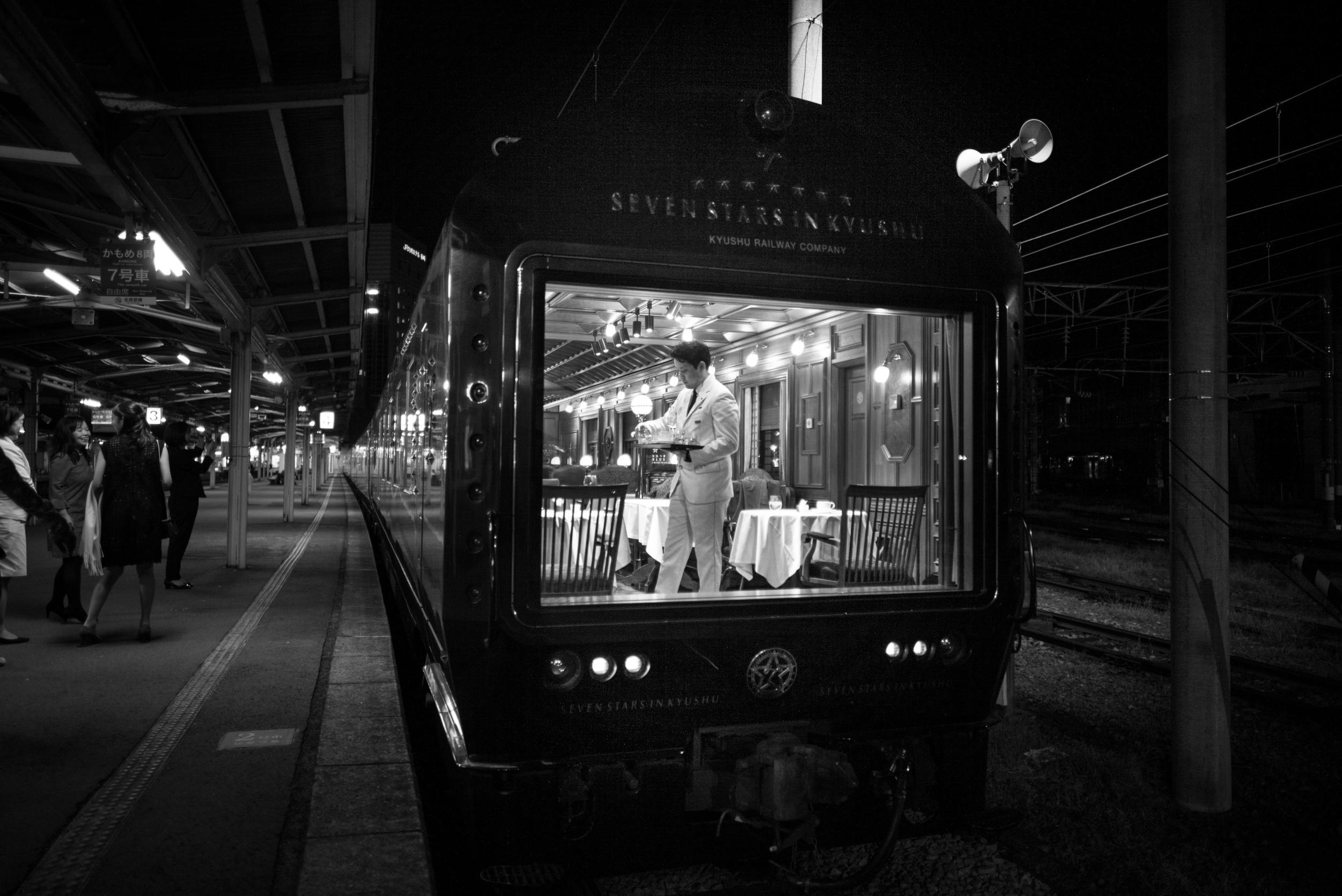
Experiencing luxury at speed is a curious human fixation, and a kind of final frontier for the uber rich.
But more decadent than hurtling through the sky eating sliced kiwi off a black slate is rolling through the countryside as a piano and violin duo serenade you.
This is what’s on offer on the Seven Stars Kyushu, a luxury train that carries passengers along a perpetually jaw-dropping route through Kyushu, Japan‘s southernmost island. The train is operated by Japan Railways Group, the company behind the ubiquitous JR trains that web the entire country.
But the Seven Stars couldn’t be more different from the bullet trains, putting opulence over expedience and making the journey the destination. The titular “seven stars” refer to the seven prefectures of Kyushu, but are clearly a nod to the service too, which aims to leave five-star travel in the dust. Journeys on the seven-car sleeper range from two to four days, always starting in Hakata Station, Fukuoka, and taking different routes through Kyushu’s hot spring-filled countryside, stopping off in towns known for their local craft.
It is billed as “the most luxurious, relaxing train in Japan”, and in its six years of operation this title has gone thoroughly unchallenged.
I had the opportunity to travel on the Seven Stars when it first launched in 2013, but had to pass it up to cover, of all things, the finale of Breaking Bad. I never got over that injustice, and decided to make amends some seven years later, combining the trip with a few days across the water in Seoul and at the decidedly less luxurious North Korean demilitarised zone.
The luxuriating starts before you even board the train. The first morning of our journey, photographer Alan and I are invited to a welcome lounge in Hakata Station, along with the handful of other passengers joining us for the trip (the train has only 12 suites). Here we are introduced to the train’s staff, who over the next 48 hours will take such cheerful, attentive care of us that, when I eventually have to leave them, my brain will play a wistful montage of their smiling faces on loop.
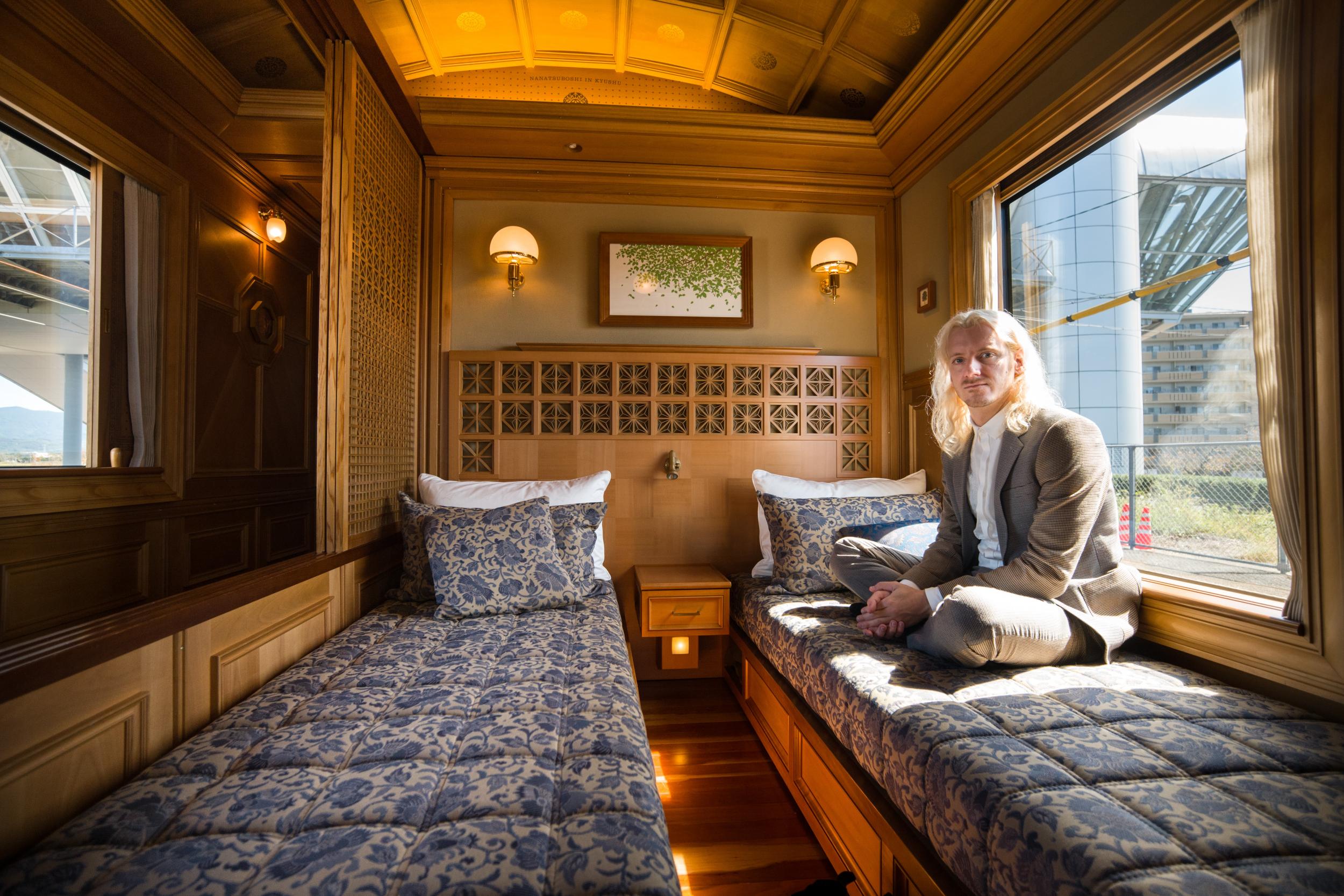
Fully expecting some comprehensive drinking once aboard the train, we decline a champagne cocktail (also, it’s 8.45am) and instead sip chilled green tea from delicate, vial-like glasses. A pianist plays in the corner of the plush, wood-clad room as we try and perfect the “fancy train man” sitting postures that will be crucial to our passing off as people who belong in this high-end world.
Before long, we are ushered down to the platform where the gleaming, dark maroon-coloured train awaits – though not through the main station concourse, mind, but via a red-carpeted walkway roped off for Seven Stars guests.
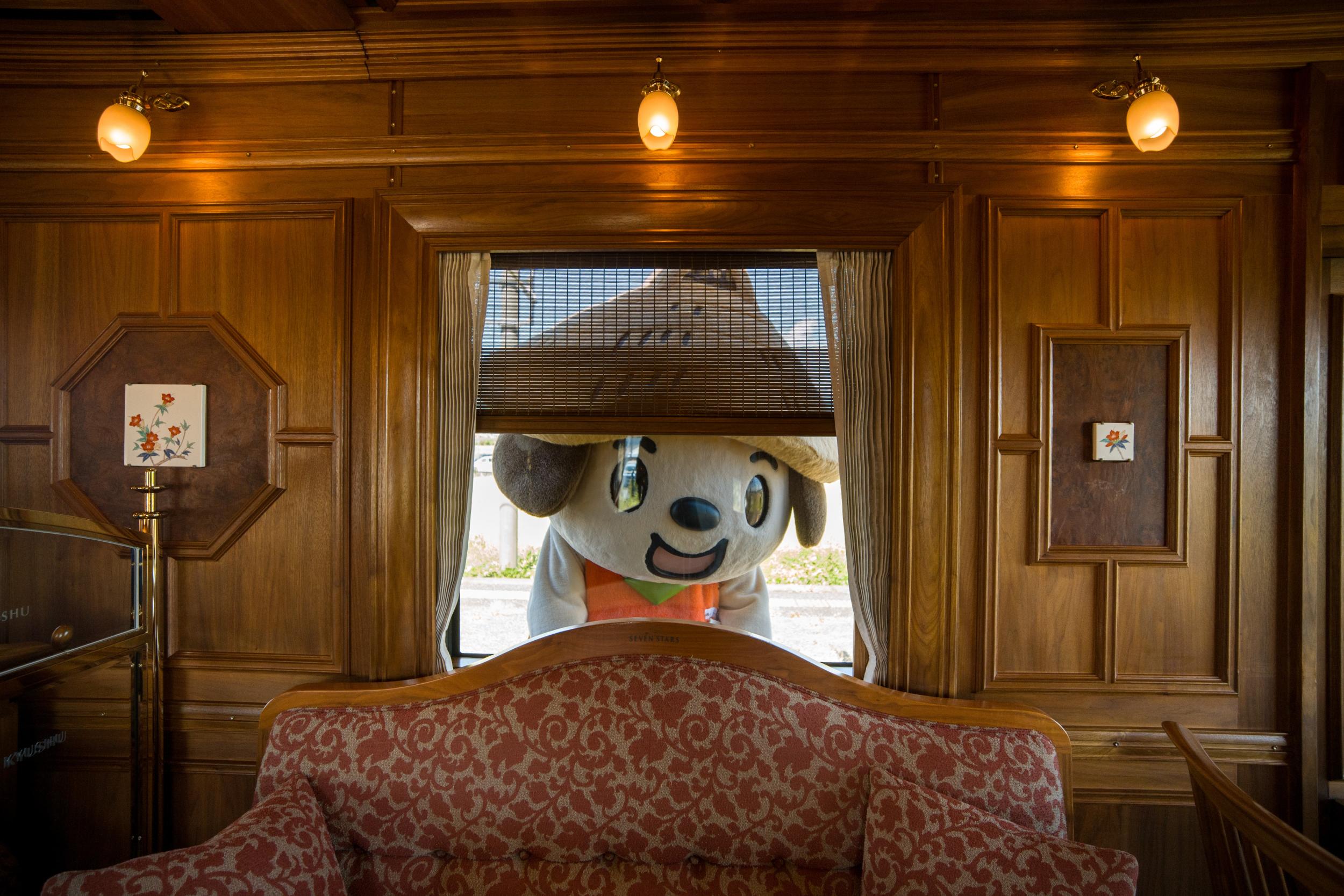
It’s a world away from the last train Alan and I rode on this trip, the austere (yet surprisingly garish) North Korean DMZ-bound “Peace Train”. Commuters look on in puzzlement as guests in suits and dresses board the Seven Stars, all luggage-less (suitcases have, of course, already been loaded).
For starters, every interior surface of the Seven Stars has been wood-panelled. Every edge of this wood panelling has been gilded. There isn’t a non-luxe square-inch to be found on the train, and the symmetry and decorative flourishes are worthy of a Wes Anderson film.
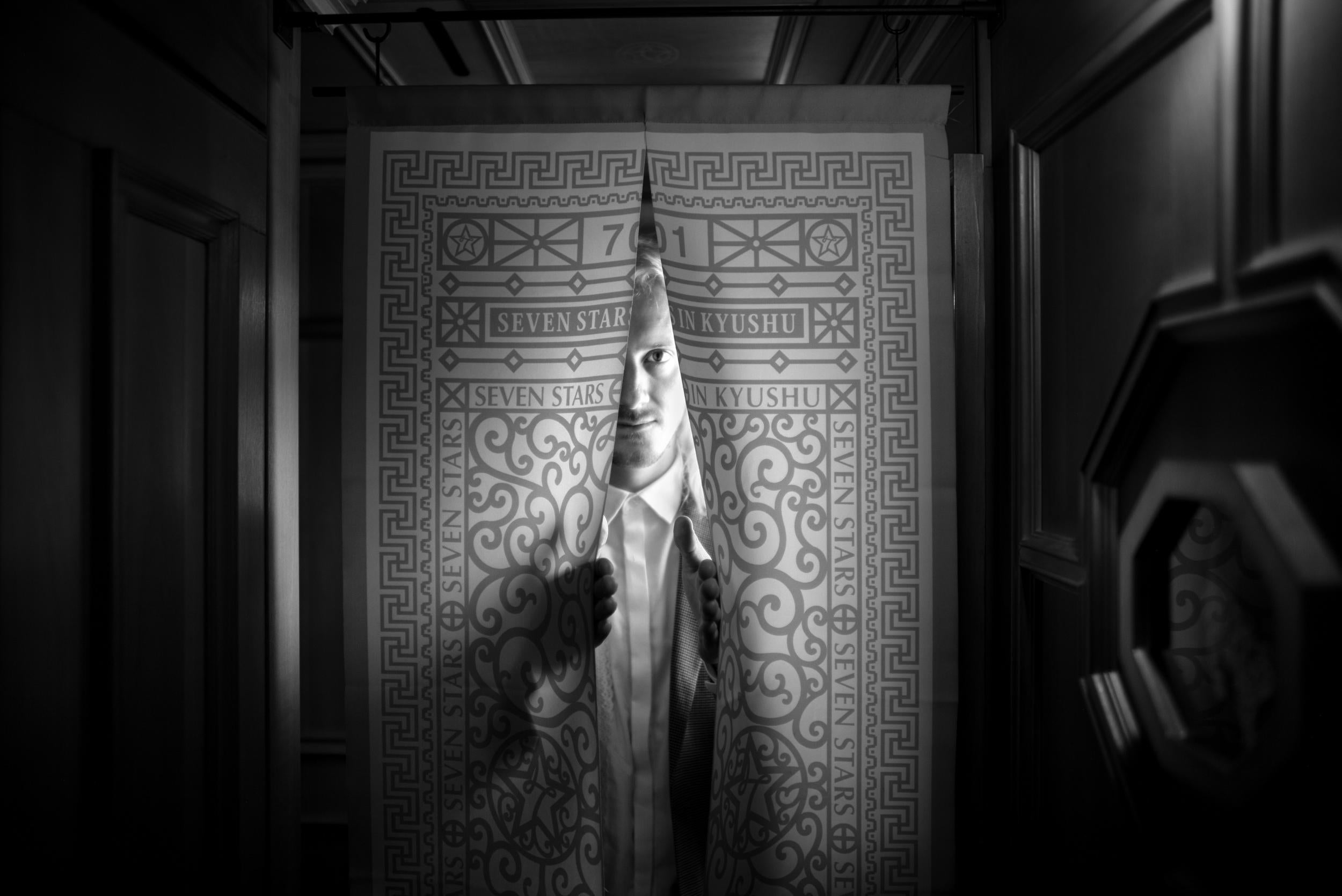
Alan and I are taken to our suite in car four, which is small. Of course it is! The Seven Stars’ designers have yet to find a way around the laws of physics, but with the limited space they do have for sleeping cabins they’ve done an amazing job decking them out. The vibe is traditional Japanese ryokan meets Scott Fitzgerald-esque parlour, paper shoji screens guarding desks made of dark wood. Sinks are made from artisanal porcelain made locally in Kyushu, the beds are supremely comfortable and the ensuite showers are better than any shower on a moving train has any right to be, fitted with sauna-like pine and blasting piping hot water on demand 24 hours a day.
The main communal areas are the lounge car, called Blue Moon, and the dining car, Jupiter, which is complete with a saloon-style bar serving cocktails at all hours. At the very back of this car is a floor-to-ceiling window, where you can watch Kyushu’s mountains slowly slip away from you as the train carves through the verdant countryside. This is the most breathtaking and – God forgive me – Instagram-ready element of the train, not that the Seven Stars is officially on Instagram (it wasn’t clear from conversations with management whether this is a glaring oversight or part of the ultra-exclusive ethos).
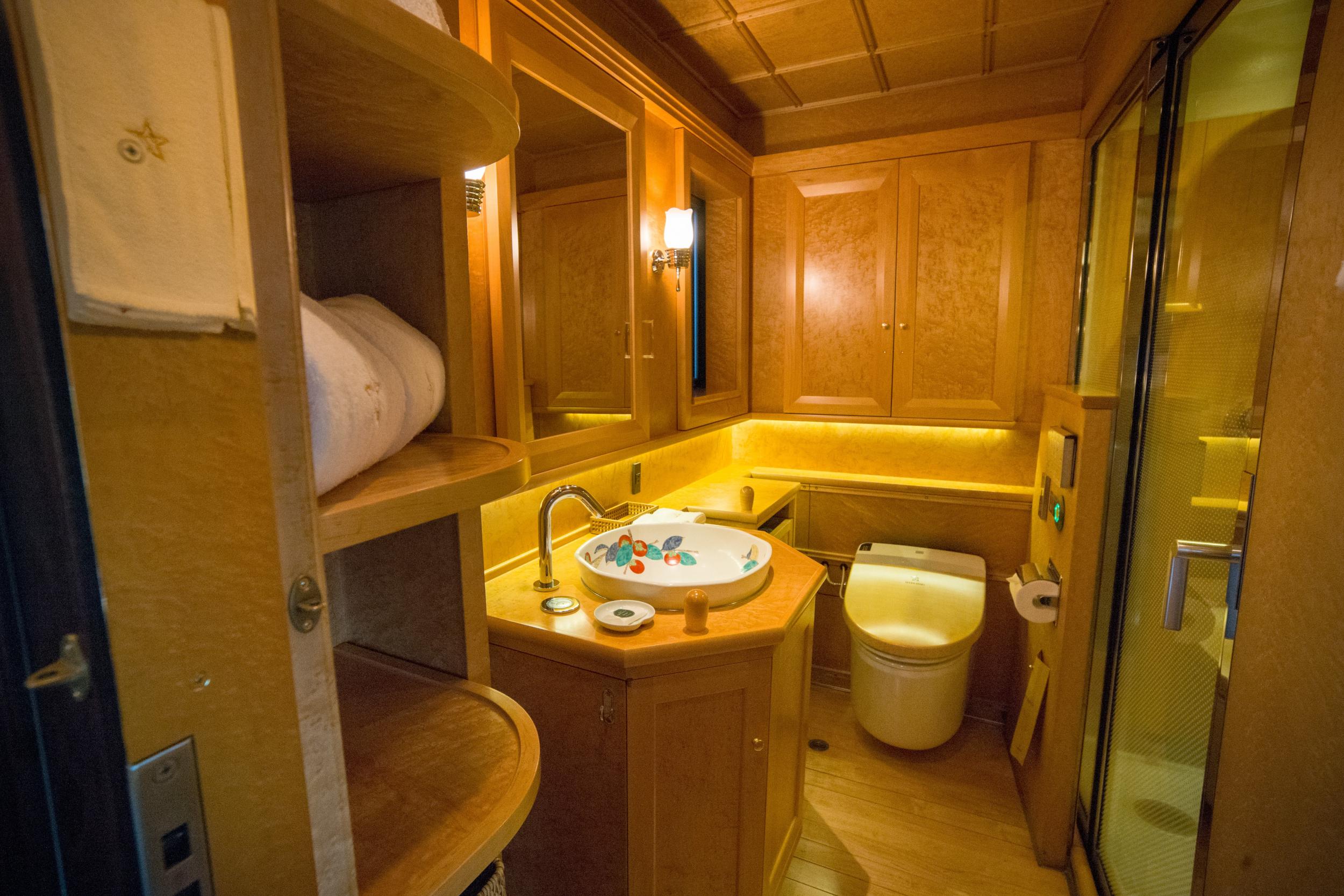
These two cars are the main places to hang out on the train. I’d had plans to sit and read a book here, or maybe write something, but the views are so jaw-dropping and the interiors so straight-up nice to be in that it’s difficult to disengage with them. It feels weird, somehow, to be distracted with a book or a newspaper and not just be in a constant state of being blown away by what is a double-barrelled shotgun blast of opulence and natural beauty.
Our two-day, one-night trip makes stops in Arita, a small town known for its porcelain ever since the 16th century; and Yufuin, which sits in the umbra of dormant volcano Mt Yufu and is famous for its thermal springs.
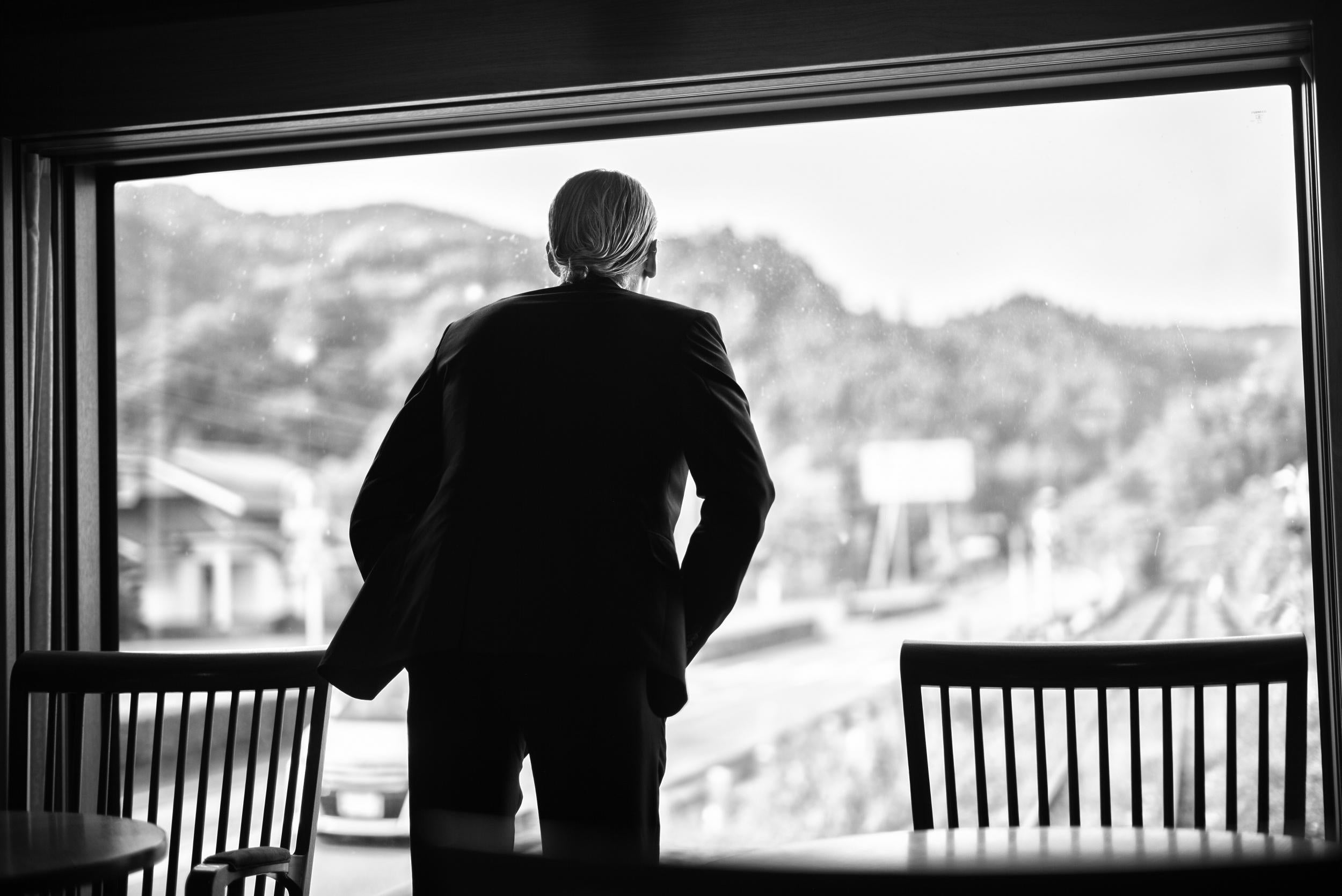
The Seven Stars has wisely chosen small towns and villages for its stops, so you do really feel like you’re being dropped in the middle of nowhere amid the kind of pastoral Japanese scenes that yearn to be painted. You could argue that the hour or two you spend at these locations is too short, but given they tend to be small you can get a good flavour of them. It’s also the case that the train itself is so damned delightful to be aboard (not to mention it’s what you’re paying for) that you find yourself quite happy to return to its air-conditioned embrace.
Our main evening meal is a nine-course French/Japanese fusion paired with champagne. The food is all incredibly elegant, painstakingly crafted and insanely fresh, making use of local produce which the chefs bring with them as they board the train at different stops. I honestly couldn’t fault any of the food, and how the chefs create it in the dining car’s tiny kitchen is total wizardry.
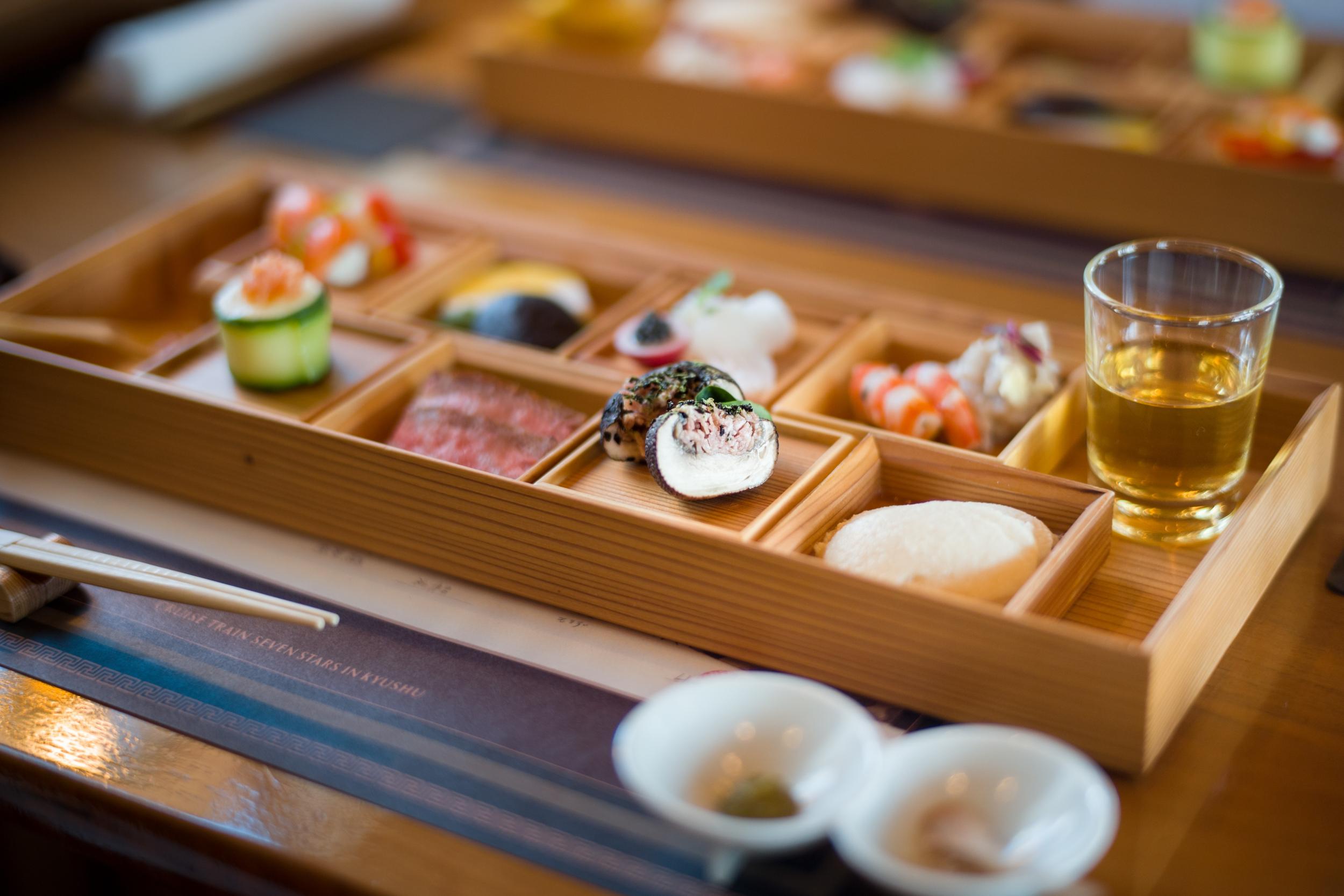
The most revelatory dish for us turns out to be the incredibly basic tamago kake gohan – a bowl of hot rice over which you crack a raw egg and whisk, adding a little soy sauce to season. It’s a Murikami-esque simple pleasure, simple pleasures being what Japan and Japanese culture are really all about. The drinks list involves fine wines, local beers and shochu-based cocktails (which is not to say that if, in a moment of weakness, you order a definitely not local drink like a G&T, they don’t mix the hell out of that thing – they do, ours put London’s to shame).
All too quickly, the trip is over, and we must return to a world and a life where sitting around in silk pyjamas drinking shochu cocktails happens with less frequency. My review of the train is of no surprise: very nice train is very very nice.
Five noteworthy things that happened on the Seven Stars
- New chefs boarding the train at various stations ahead of each meal in order to keep the menu eclectic
- Locals (and occasionally town mascots) waving at us as we whistle by on the train
- A waiter, at the onset of a nine-course meal, asking if we would like wine and then following up: “Might I suggest the 2008 Dom Perignon?”
- The shocked expression of a man on the train platform in Nagasaki when I awake in the morning and instinctively thrown open the shutters
- A pianist and violinist playing songs I requested via email weeks before the trip
Travel essentials
Fares for one person onboard the Seven Stars Kyushu start from around £2,250 for shorter itineraries, rising to around £6,700, based on two people sharing a room. Would-be customers have to apply via the website for tickets: cruisetrain-sevenstars.jp/en. For more information on booking a trip to Japan, visit jnto.go.jp
Getting there
There are no direct flights from the UK or the US to Fukuoka. All flights will involve a stopover in either Hong Kong, South Korea or Japan. Fares start from around £600 ($780) return.
Join our commenting forum
Join thought-provoking conversations, follow other Independent readers and see their replies
Comments